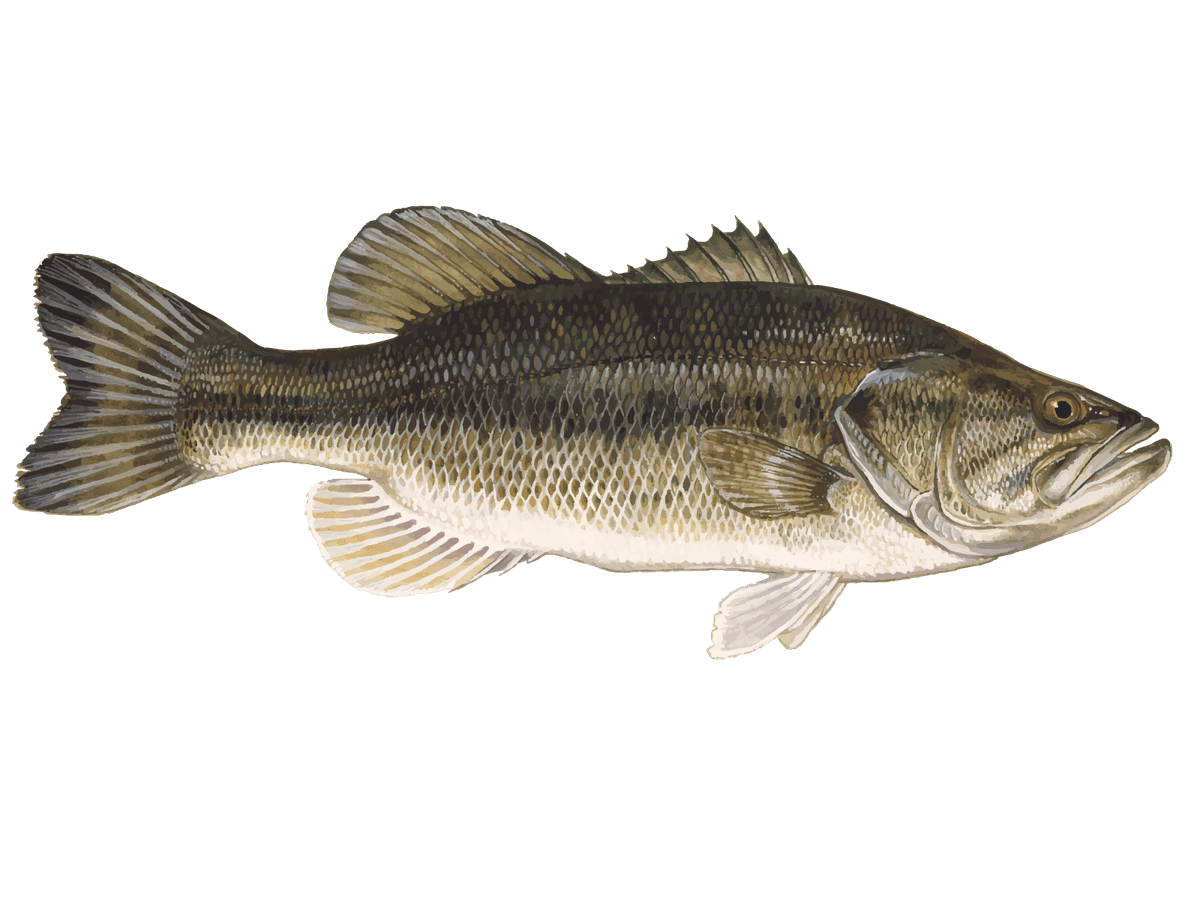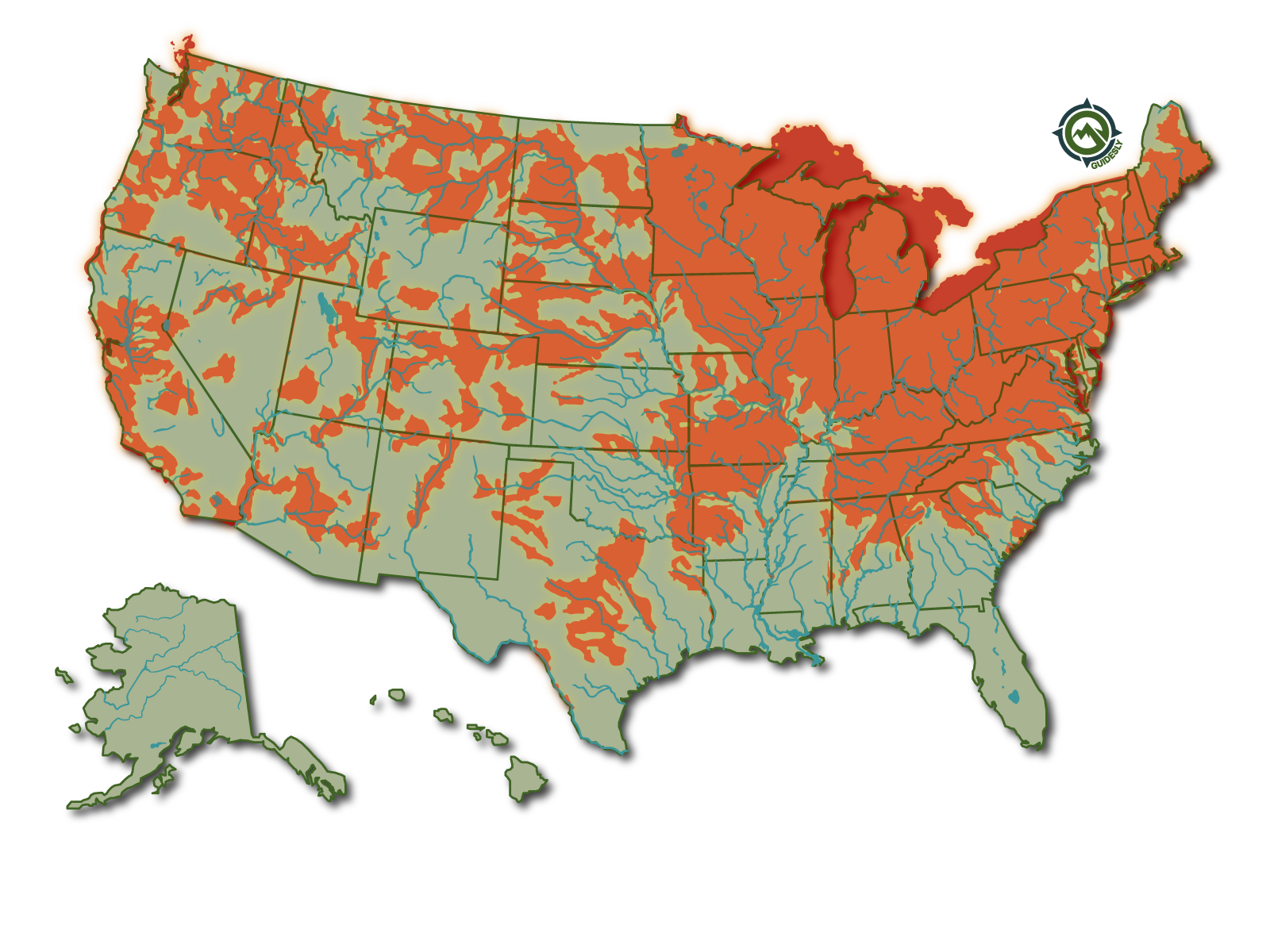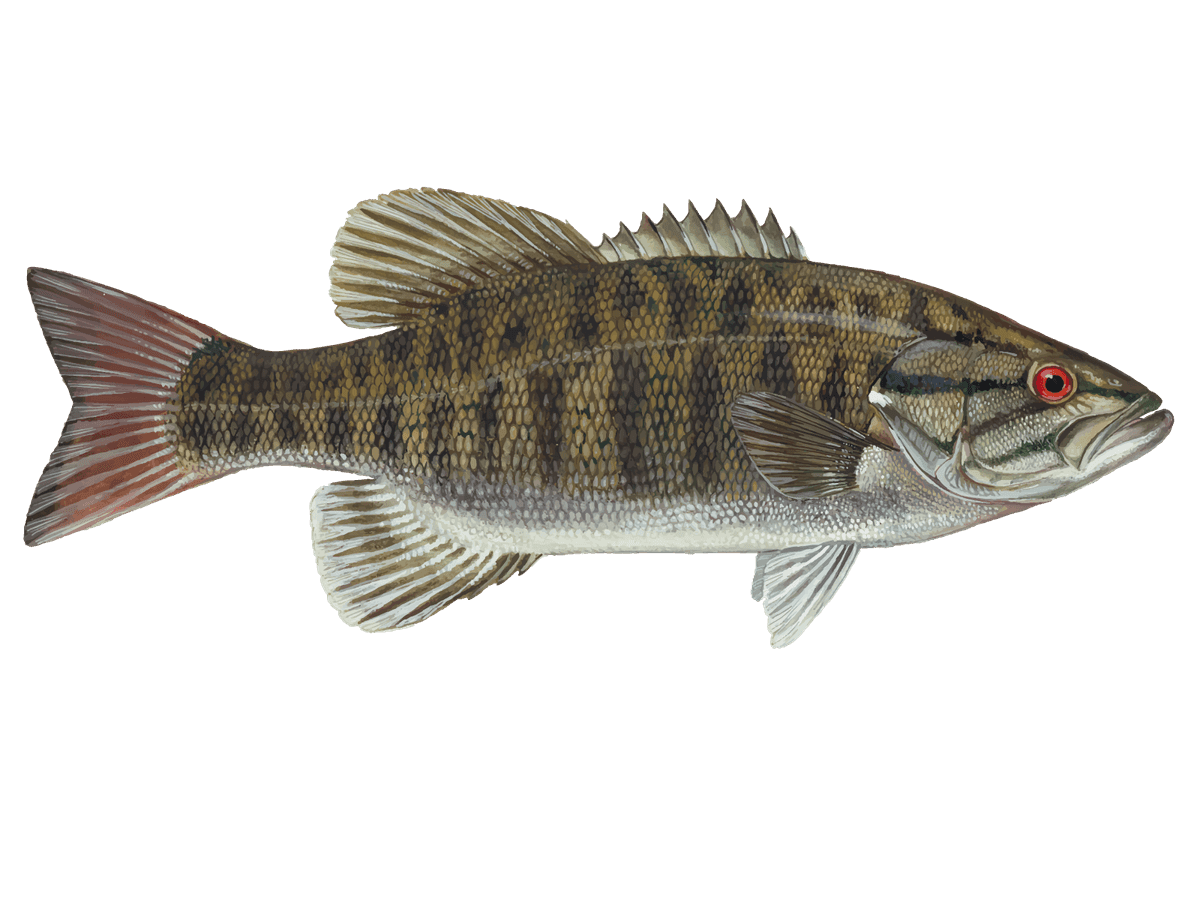Arizona's Hidden Bass Lakes | Lo Water Guide
- Published Date: September 27, 2025
- Fishing
- Phoenix, AZ
- $60 - $690 price range
Summary
%2F%2Fusers%2F198c6046-3268-45c2-bbb5-1bd002125b9d%2Fratecard%2Fa885890c-b3e1-4270-a670-825303e717e9.jpg&w=1200&q=75)
Arizona Bass Country
Arizona's Hidden Bass Hotspots: Mountain Lakes Adventure
Ready to ditch the desert heat and chase some big bass in the cool mountain lakes of Arizona? Lo Water Guide Service has just the trip for you. We're talking Roosevelt and Apache reservoirs - two hidden gems in the Salt River Chain that are packed with smallmouth and largemouth bass. These aren't your typical desert fishing holes. We're heading into rugged canyon country where the scenery is as wild as the fish.
Trip Overview
This ain't no lazy day on the lake. We're hitting Roosevelt and Apache reservoirs, tucked away in the northern part of the Salt River Chain. These spots are cooler than the Phoenix area lakes, so you can actually enjoy being outside. Plus, they're loaded with smallmouth bass - a real treat for Arizona anglers. We'll be cruising these massive canyon reservoirs by boat, hunting for the best fishing spots. Fair warning: the road to Apache is no joke. It's rough and wild, just like the fishing. We'll make the call on which lake we hit based on conditions, but either way, you're in for some serious bass action.
Techniques & Tackle
Leave your finesse gear at home, folks. We're going after aggressive mountain bass that crush lures with attitude. We'll be throwing everything from topwater walking baits at dawn to deep-diving crankbaits when the sun's high. Jigs and Texas-rigged plastics are always money around the rocky structure. And don't forget a drop shot rod - it's deadly for those suspended smallies. We'll adapt our tactics to what the fish want, so be ready to switch it up. The key is covering water and finding active fish. These lakes can be tough, but when you connect with a chunky smallmouth, it's all worth it.
Species You'll Target
Smallmouth Bass: These bronze-backed bruisers are the main attraction up here. They average 2-3 pounds, but don't be shocked if you hook into a 5+ pounder. Smallies in these lakes are absolute fighters - they'll take you into the rocks if you're not careful. They love rocky points, submerged islands, and steep canyon walls. Fall is prime time when they're fattening up for winter and absolutely crushing bait.
Largemouth Bass: While smallies get the glory, don't sleep on the largemouth in these lakes. They can grow big in the deep, clear water. Look for them around flooded timber, weed edges, and any structure you can find. Spring is awesome for big pre-spawn females, but you can catch them year-round if you know where to look. A 10-pounder isn't out of the question if you're lucky.
Why Anglers Keep Coming Back
Let's be real - fishing these mountain lakes isn't always easy. But that's exactly why serious bass anglers love it. It's a challenge, and when you figure out the pattern, it's incredibly rewarding. The scenery alone is worth the trip. Imagine casting to rocky cliffs while eagles soar overhead. It's a totally different vibe from the low desert lakes. Plus, the chance to tangle with hard-fighting smallmouth in Arizona is something special. These fish pull like freight trains in the cool, clear water. Even if the numbers aren't always there, the quality of the fish and the experience make it worth every cast.
What to Expect on the Water
We'll be fishing from a fully rigged bass boat, so you'll have access to all the latest electronics and gear. Expect an early start - we want to be on the water for that crucial morning bite. The lakes can get choppy when the wind kicks up, so be prepared for some bumpy runs between spots. We'll fish hard all day, hitting a variety of structures and depths until we dial in the pattern. Pack plenty of water, snacks, and sun protection. There's not much shade out there, and the Arizona sun is no joke, even at higher elevations.
Local Knowledge Pays Off
These lakes fish differently than your typical bass pond. The water's clear, so finesse tactics often outperform power fishing. Look for subtle changes in the shoreline or underwater structure - these fish relate heavily to specific spots. Pay attention to the wind - it can push bait and create feeding zones that change throughout the day. And don't get discouraged if it's slow at first. One good fish can turn your whole day around up here. That's why having a guide who knows these lakes inside and out is crucial. We'll put you on the fish and teach you the techniques that work best in this unique environment.
Gearing Up for Success
While we've got all the essential gear covered, feel free to bring your favorite rod and reel if you've got 'em. Medium-heavy spinning or baitcasting setups in the 7-foot range are perfect. Fluorocarbon line is a must in this clear water - 8 to 12-pound test is the sweet spot. For lures, make sure you've got a mix of finesse plastics, jigs, and some moving baits like spinnerbaits or crankbaits. Don't forget a good pair of polarized sunglasses - they're essential for spotting fish and structure in these deep, clear reservoirs.
Beyond the Bass
While we're laser-focused on bass, keep your eyes peeled for other wildlife. These lakes are teeming with life. Osprey and bald eagles are common sights, diving for fish right alongside us. You might spot mule deer coming down for a drink, or even catch a glimpse of a black bear in the distance. The rugged beauty of these canyons is something you've got to see to believe. It's a reminder of just how wild Arizona can be, away from the cities and suburbs.
Time to Book Your Spot
Look, if you're after an easy limit of dinks, this ain't your trip. But if you want a shot at some of the best bass fishing Arizona has to offer, in a setting that'll blow your mind, you've got to get up here. Whether you're a seasoned angler looking for a new challenge or a beginner ready to learn from the pros, we've got you covered. Spots fill up fast, especially during prime seasons, so don't wait. Give Lo Water Guide Service a call and let's get you on the calendar. Trust me, one day on these mountain lakes and you'll be hooked for life. It's time to experience the wild side of Arizona bass fishing!
Learn more about the animals
Largemouth Bass
Largemouth Bass (Micropterus salmoides)
It is the most famous and biggest member of the sunfish family and is a renowned game fish. Largemouth Bass has a green or olive-green color body and dark or black horizontal markings on its body giving it the nickname black bass. It has a slightly forked tail and the soft rays on dorsal fins are separated by deep points.
The average adult Largemouth Bass averages 12 inches to 24 inches and weighing between 1 to 4.5 pounds.

Interesting facts:
- They are appropriately named having an exceptionally large mouth and when opened, the upper jaw goes well beyond its eyes.
- They are an angler's favorite as they give quite a fight when reeled out of water.
- Largemouth can detect their prey’s vibrations using their sixth sense called lateral lines as well as their keen sense of smell.
- Largemouth Bass are attracted to red color.
Where to Find Largemouth Bass

The Largemouth Bass mostly live in ponds, lakes, and medium-sized water bodies, but can be found near ditches and creeks. They like a warm place abundant in weeds and shallow muddy waters. The Largemouth Bass is only native to North America and is densely populated in the eastern and southernmost states. They now have been expanded to every state of America except Hawaii and Alaska. Due to its popularity as a game fish, the species has been introduced in many countries of Europe, Asia, Africa, South America, and Central America.
Spawning
When matured, largemouth bass usually spawns from late winter to late spring. The eggs are guarded by the male. When hatched the school remains for about 3 to 4 weeks under their father’s protection before dispersing. The optimum temperature when the eggs are laid is a steady 60 ºF or higher.
Largemouth Bass Size and Speed
Largemouth bass size and speed are two essential factors that anglers consider when fishing for this popular game fish. The largemouth bass is one of the largest freshwater fish species found in North America, with adult fish typically ranging from 12-24 inches long and weighing anywhere from 2-10 pounds or more. However, some specimens have been known to reach lengths of up to 30 inches, and the biggest largemouth bass ever caught weighed more than 22 pounds.
One reason why largemouth bass size is so important to anglers is that larger fish tend to be older and more experienced, making them harder to catch than their smaller counterparts. Additionally, larger fish can put up a much stronger fight when hooked, which adds an extra level of excitement and challenge for anglers. On the other hand, speed is another important factor that affects the behavior of largemouth bass.
Food
The Largemouth Bass's food consists of other fishes such as gizzard, shad, threadfin shad, golden shiners, bluegills, catfish, crayfish, and other smaller fishes. Snakes, salamanders, mice, bats, frogs, and other creatures are also victims.
Fishing Techniques - How to Catch Largemouth Bass
They are most abundantly found in places where it is easier to hide, such as sunken objects and thick weeds. Other spots include gradual shores, under bridges, open waters, and shorelines.
- Fishing with swim-baits is a highly successful way to catch these fish. There are both hard and soft varieties made out of wood or plastic rigged with hooks.
- Dragging is mostly used to catch Largemouth. Use plastic baits and Carolina rig. Most effective to use in the hard bottom and non-vegetated areas.
- In shallow water and grass-rich areas, try wacky fishing using straight worms and a variety of hooks.
You can use the jigs, crankbaits, jerk baits, hoppers, minnows, plugs, and live bait such as worms or minnows. These fish are abundant and you should be able to snag one with any of these on your hook.
For the fly fisherman, it’s important to have the right rig. An important thing to remember is that the Largemouth Bass does not spook easily and will put up a fight. With this in mind, it never hurts to pack heavy gear. A 6-weight will get the job done for most bass, but if you're looking for the big one, be safe with your 8-weight, it will always do the job especially when fishing big lakes and rivers.
When choosing your reel, just match it to whichever rod you’re using weight-wise. For bigger fish, we recommend using a disk drag as it will give you a more gradual resistance in the line with a sinking leader.
Use flies, primarily streamers, that are colorful and/or shiny. You will catch their attention with brightly colored flies in the murky water where they dwell. Using poppers is extremely effective as they are made to copy the actions of topwater food such as frogs which are a big part of their diet.
Weighted flies are especially useful in the late summer when the fish are down in deeper water where it is cooler.
What is the Difference Between Spotted Bass and Largemouth Bass
Spotted bass and largemouth bass are two of the most popular game fish in North America. While they may look similar, there are significant differences between them that make them unique. Understanding these differences can help anglers choose the right bait and technique to catch more fish.
Spotted bass have a smaller mouth than largemouth bass, making it easier for them to swallow smaller prey such as crustaceans or insects. They also tend to be more aggressive and will chase down their prey rather than waiting for it to come to them. Largemouth bass, on the other hand, prefer larger prey such as frogs or small fish and will often ambush their prey by hiding in cover before striking.
Another difference between spotted bass vs largemouth bass is their habitat preference. Spotted bass thrive in clearer water with rocky bottoms while largemouths prefer murky water with plenty of vegetation.
Is Largemouth Bass Good to Eat?
Are largemouth bass good to eat? The answer is yes, but with a catch. While it is safe to consume largemouth bass, it is important to consider the quality of the water where they were caught and any potential contaminants. To ensure the best taste and safety, it is recommended to only eat largemouth bass caught in clean, clear bodies of water that have been properly prepared and cooked. Overall, with the right precautions, largemouth bass can be a delicious meal for those who enjoy the sport of fishing and culinary experimentation.
Next, when it comes to cooking and eating largemouth bass, it's important to remember that the fish should be handled and prepared with care to ensure its quality and taste. To ensure that the meat remains firm and delicious, anglers should clean and store the fish properly, and cook it with the right seasonings and techniques. When done correctly, largemouth bass can make for a delicious meal, enjoyed by many fishing enthusiasts across the country.

Smallmouth Bass
Smallmouth Bass (Micropterus Dolomieu) Description
Smallmouth Bass belongs to the Sunfish family (Centrarchidae) and is a popular freshwater fish among anglers. Smallmouth Bass has a dark green or black color body, with vertical dark brown stripes that usually fade with age, and the color contrast may vary depending on the fish’s habitat. Their eyes are red or brown. They have two dorsal fins; the front one has 10 fin spines while the other has 10 to 15 soft rays.

Female Smallmouth bass are usually larger in size than males. The average size of smallmouth bass can be 18–20 inches. On average, they usually live only 5 to 6 years but can survive up to 15 years. Smallmouth bass found in lakes are larger than those found in streams and ponds. Females usually weigh from three to six pounds, while the males are around 2 pounds.
Smallmouth Bass Habitat

This bass species can be found in clear waters, such as ponds, lakes, and rivers. They prefer rubble and rocky bottoms. Smallmouth bass also prefer moderate temperatures, and they will swim deeper in the cooler water during summer.
Spawning
Smallmouth Bass spawn March-May when water temperatures reach between 59 and 64 degrees. The males build nests in the shallow waters of lakes and rivers. The nest is built building within 150 yards of where the male built his nest the previous year.
Diet
The Smallmouth Bass eats small fish, crayfish, and insects. They hide behind a fallen tree or a rock and attack when the prey is near.
Fishing Techniques - How to Catch Smallmouth Bass
A light breeze and calm waters are best suited to catch Smallmouth Bass. In spring and fall, they like to swim in open waters during bright days and warm temperatures. In summer, they swim deep under cooler water and are harder to find. It is best to fish for Smallmouth early morning or late evening.
Smallmouth bass are fighters. A spinning rod of light to medium action with a 6 to 10 pounds test line is recommended.
There are plenty of baits and lures that work successfully to catch these fish; insects, jigs, minnows, plugs, plastic worms, spoons and night crawlers. A favorite of anglers is to use spinning baits that when rigged weightless, can hang on top of the water. When the fish are in deeper water during the summer, use a rig with a weighted vertical drop hook.
Fly-fishing Smallmouth Bass is popular due to their abundance and strength. When you want to cast into deeper water, use a 6, 7 or 8 weight rod. This will be suitable for strong winds, landing larger fish, and a long cast. A longer rod, 81/2- to 9-foot, is good when you need accuracy for casting near shoreline structures or long-distance casting.
Is Smallmouth Bass Good to Eat
Smallmouth bass have a firm filet with a mild, yet distinct flavor that pairs perfectly with a variety of seasonings and cooking methods. So whether you prefer grilling, frying, or baking your catch, smallmouth bass is a tasty and versatile option that you won't want to miss out on. What's more, smallmouth bass are a healthy food option, as they are excellent sources of protein and Omega-3 fatty acids.
With any freshwater fish, you need to be mindful of the water you are fishing. Make sure if you are eating your catch, the water is clean and be aware that freshwater fish should always be cooked.

About the Flobot
%2F%2Fusers%2F198c6046-3268-45c2-bbb5-1bd002125b9d%2Fvehicle_picture%2Fstealth.jpeg&w=1200&q=75)
Vehicle Guest Capacity: 3
Manufacturer Name: Yamaha
Maximum Cruising Speed: 50
Number of Engines: 1
Horsepower per Engine: 115
/filters:format(jpeg,png)/fit-in/300x300/guide_websites/1568/images/lowaterguide_carp_logo.webp)
/filters:format(jpeg,png)/fit-in/237x80/guide_websites/1568/images/lowaterguide_carp_logo.webp)

%2Fusers%2F198c6046-3268-45c2-bbb5-1bd002125b9d%2Fimages%2Fexploring-great-outdoors-az-2352.jpg&w=768&q=75)
%2Fusers%2F198c6046-3268-45c2-bbb5-1bd002125b9d%2Fimages%2Ffishing-tour-arizona-2302.jpg&w=768&q=75)
%2Fusers%2F198c6046-3268-45c2-bbb5-1bd002125b9d%2Fimages%2Ffishing-tours-arizona-2936.jpg&w=768&q=75)
%2Fusers%2F198c6046-3268-45c2-bbb5-1bd002125b9d%2Fimages%2Fgrass-carp-fishing-phoenix-2885.jpg&w=768&q=75)
%2Fusers%2F198c6046-3268-45c2-bbb5-1bd002125b9d%2Fimages%2Fcommon-carp-phoenix-fishing-tour-2586.jpg&w=768&q=75)
%2Fusers%2F198c6046-3268-45c2-bbb5-1bd002125b9d%2Fimages%2Ffishing-tour-phoenix-2722.jpg&w=768&q=75)
%2Fusers%2F198c6046-3268-45c2-bbb5-1bd002125b9d%2Fimages%2Ffishing-phoenix-adventure-3138.jpg&w=768&q=75)
%2Fusers%2F198c6046-3268-45c2-bbb5-1bd002125b9d%2Fimages%2Ffishing-tour-phoenix-2877.jpg&w=768&q=75)
%2Fusers%2F198c6046-3268-45c2-bbb5-1bd002125b9d%2Fimages%2Fphoenix-fishing-tours-2621.jpg&w=768&q=75)
%2Fusers%2F198c6046-3268-45c2-bbb5-1bd002125b9d%2Fimages%2Ffishing-tours-arizona-2285.jpg&w=768&q=75)
